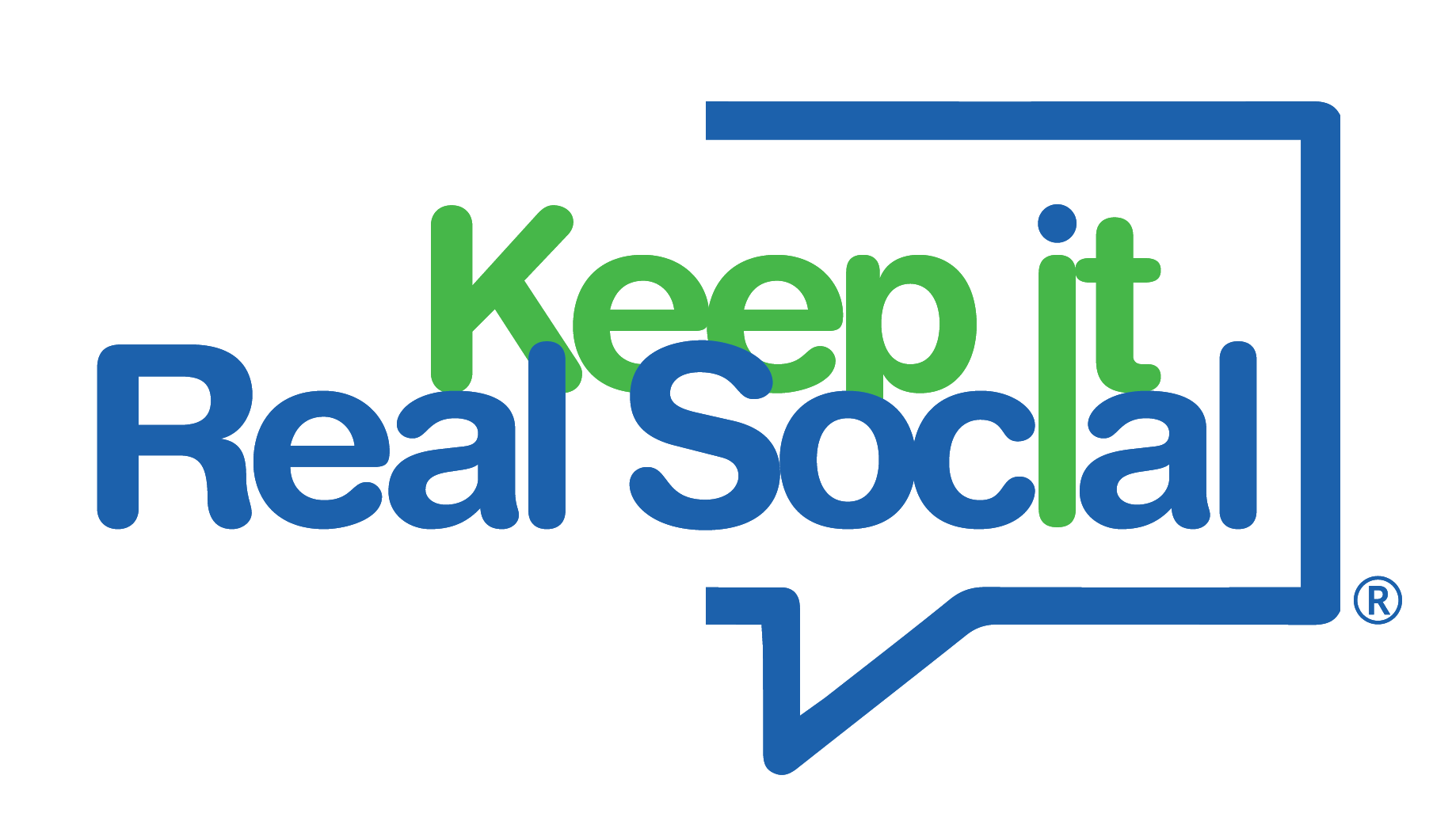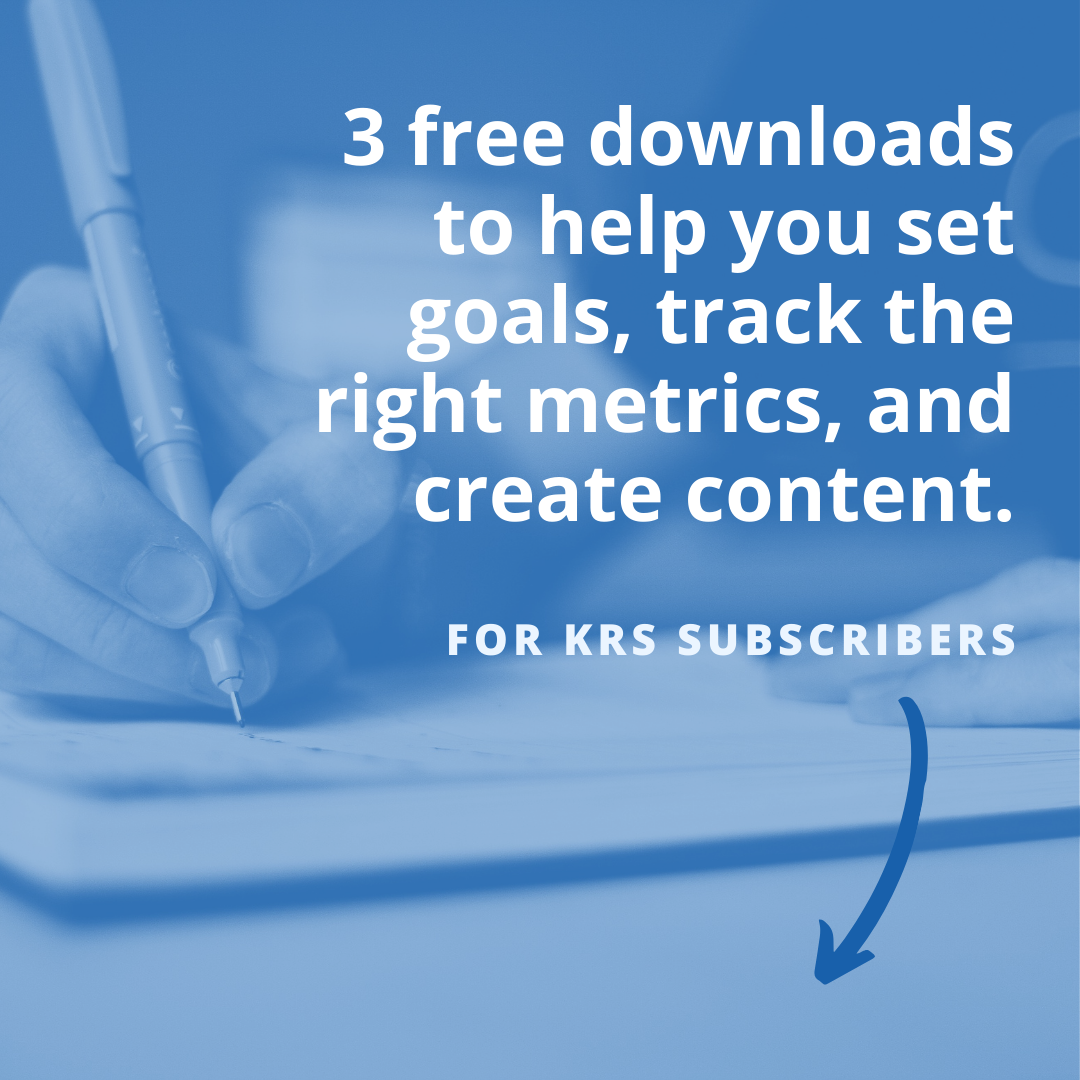Once your goals are set, the next step is to figure out what your audience likes and wants. The best way to do this is to create a persona that describes your typical audience member. This should include demographic and psychographic information, but what’s most important to know is how they consume content.
Here are some things to identify about your audience:
- What are their interests?
- What information are they searching for?
- What are their problems and what content could help them solve these issues?
- What kind of help does your audience need?
- What would surprise or delight your audience?
- What other content producers do they follow?
- What do they typically share on social media?
- What content of yours has performed well in the past?
- Which formats do your audience prefer (video, audio, text, etc.)?
- What unique value do you offer your audience? In other words, why does your audience follow you while there are so many others they could follow?
Use the above questions to help you decide what type of content is most appropriate or effective for your audience.
Take a look at the content you’ve shared in the past. This will reveal the answers to a number of the above questions. You can easily see which content performed well and which didn’t. Track the results of the content you’ve produced and are producing now. You can also conduct surveys and ask your audience directly about their tastes.
Finding Great Content to Share
A good place to start finding good content to curate is a simple Google search. Use keywords based on the topics you identified that meet your audience’s needs, your industry, or topics you know about.
You can use Google Alerts to sign up for these keywords as well. Whenever new content is posted that matches your selected keywords, you’ll be notified. This gives you the latest content. You can sign up for a daily roundup which you can sift through to find good content to share. Since you can set it to be daily or weekly, you can synchronize it with your content sharing schedule.
An even more effective way to find good content is to follow influencers in your niche. Find the most popular blogs in your niche and follow the authors. Perform keyword searches on Google and see whose websites are highly ranked.
You can use other tools to measure people’s influence online. Look at trade show or seminar websites to see who is speaking. All of these methods will bring you the most influential people in your niche and you can then follow them and share their content with your audience.
Whenever possible, subscribe to the content of an influencer. This saves you time and also brings you the latest content as soon as it’s published. Subscribe to blogs you like and sign up for the email newsletters of people you follow. You’ll only have to check your email inbox and there will be good content waiting there for you.
You should also follow good content publishers on social media. Twitter is especially good because people there tend to share links. Twitter is also all about what’s going on in real-time, so you can easily catch content that’s trending. On social media, you should also join communities and groups. This is a good way to find specialized content that may not be getting shared everywhere else.
Tools to Help You Find Content
Tools also make it easier. There is a wide variety of tools available, but here are some of the ones most commonly used for content curation.
List.ly is a tool that lets you easily create lists. It provides a platform for creating very good-looking lists that you can embed on your website. There are also features like voting, which lets you see what content your audience preferred most.
Feedly is a very powerful RSS feed that brings content to you based on the preferences you set. It allows you to set categories for your content and this makes it easier to organize.
In addition to bringing you content based on your choice of category, Scoop.it also suggests content creators to follow. It has an easy-to-use interface and you can set it to give you daily updates.
Other great content curation tools worth checking out include:



